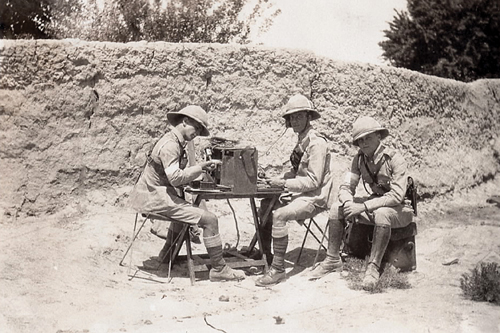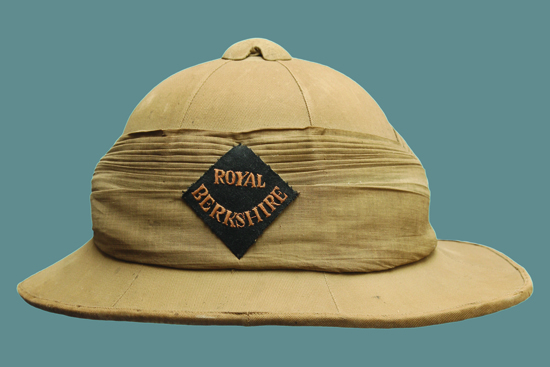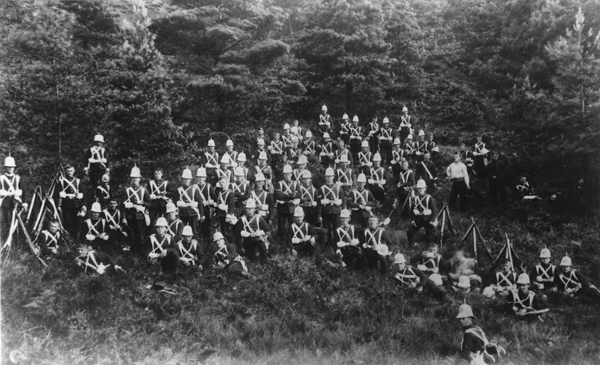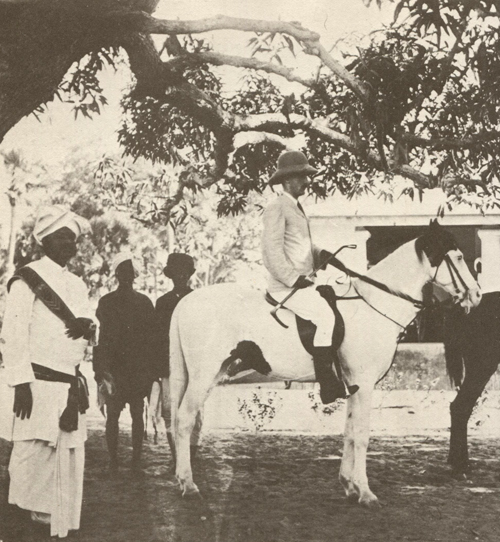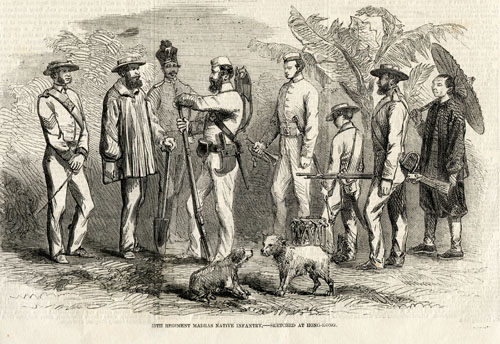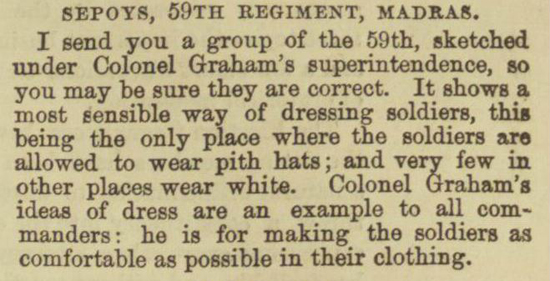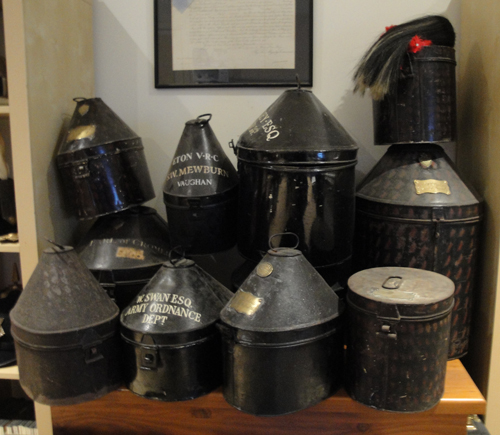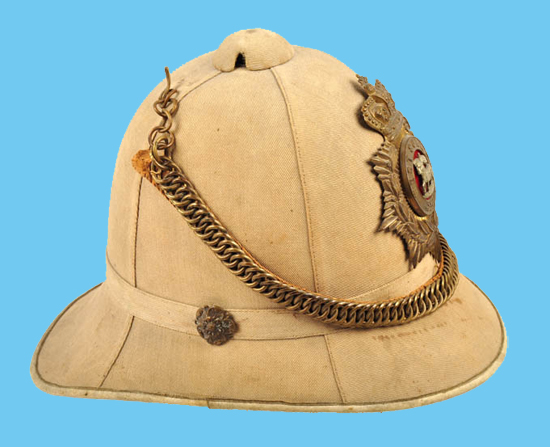
An example of a Colonial Pattern helmet with four panels rather than the more usual and authorized six panels. This example is to an Other Rank of the Queen’s Royal Regiment (West Surrey). (Photo courtesy Roland Gruschka)
The 1st Battalion West Surrey was stationed in Malta in 1892 and it appears that this type of helmet was not uncommon in Mediterranean stations for the British Army. However, the Dress Regulations of 1894 state that puggarees were to be worn in such stations as India, Bermuda, Ceylon, Hong Kong, Egypt, the Straits Settlements, West Indies, Mauritius, Malta, West Coast of Africa and Cyprus and that the full Home Service pattern helmet plate was to be worn at other stations, i.e. those where the puggaree was not authorized. There was a term “Mediterranean Order” which translated to no puggaree but full helmet plate and it appears that the cork ventilation was also a feature of this “order.” In 1899 puggarees were authorised for all stations abroad. Continue reading →

